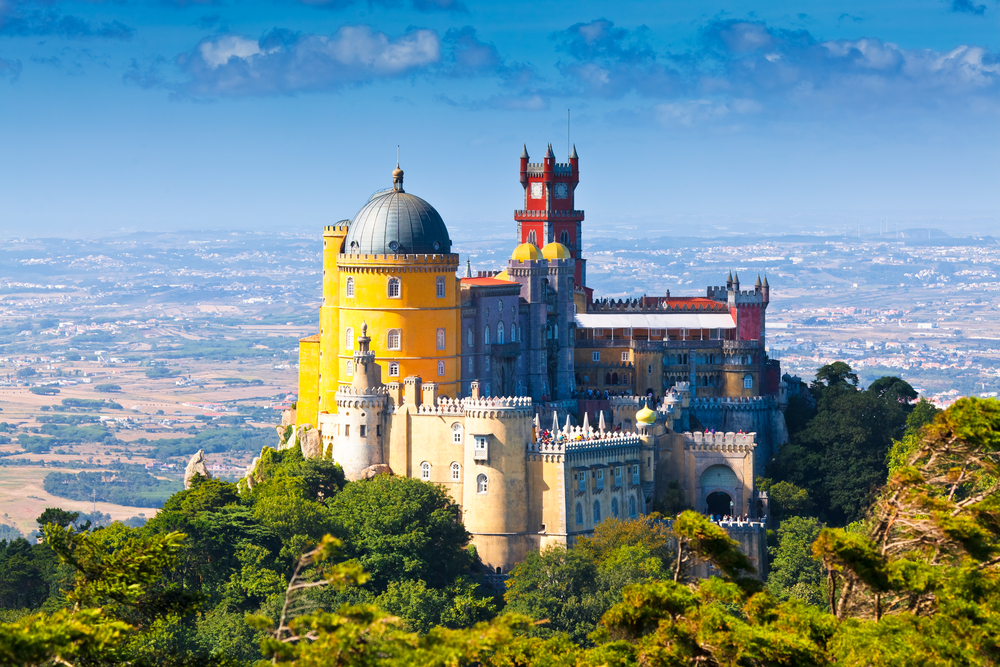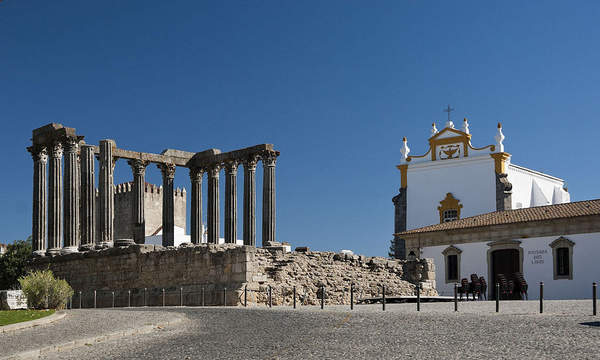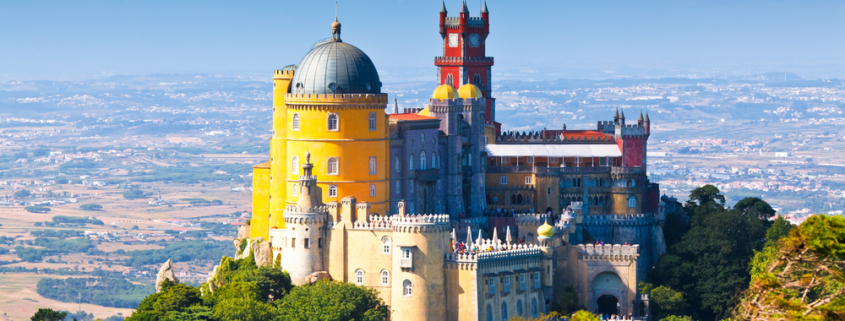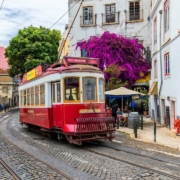UNESCO World Heritage Sites in Portugal
World Heritage Sites are places of importance to cultural or natural heritage as described in The United Nations Educational, Scientific and Cultural Organization, or UNESCO, World Heritage Convention, established in 1972. The aim – to protect and preserve National Heritage. Portugal adopted the convention on September 30, 1980 – before its neighbor, Spain, who accepted the convention on May 4, 1982.
There are currently 15 World Heritage Sites in Portugal listed by the World Heritage Committee on the UNESCO World Heritage List. Spain, with 44 World Heritage Sites, is the 3rd country with the most World Heritage Sites behind Italy with 49 and China with 45.

World Heritage Sites in Portugal LIST, with their first year of inclusion:
14 Cultural World Heritage Sites in Portugal:
- Alto Douro Wine Region (2001)
- Central Zone of the Town of Angra do Heroismo in the Azores (1983)
- Convent of Christ in Tomar (1983)
- Cultural Landscape of Sintra (1995)
- Garrison Border Town of Elvas and its Fortifications (2012)
- Historic Centre of Évora (1986)
- Historic Centre of Guimarães (2001)
- Historic Centre of Oporto (1996)
- Landscape of the Pico Island Vineyard Culture (2004)
- Monastery of Alcobaça (1989)
- Monastery of Batalha (1983)
- Monastery of the Hieronymites and Tower of Belém in Lisbon (1983)
- Prehistoric Rock Art Sites in the Côa Valley and Siega Verde (1998)
- University of Coimbra – Alta and Sofia (2013)
1 Natural World Heritage Site in Portugal:
- Laurisilva of Madeira (1999)

Visit Portugal’s World Heritage gems on one of our Private Culture, Food and Wine Tours to see the wonderful historic treasures and fascinating culture of this country and taste fine wine, local foods and much, much more! Portugal is easily combined with Spain so why not enjoy the best of both worlds and customize your private tour to combine both Spain and Portugal!






 LUXURY LISBON GETAWAY
LUXURY LISBON GETAWAY